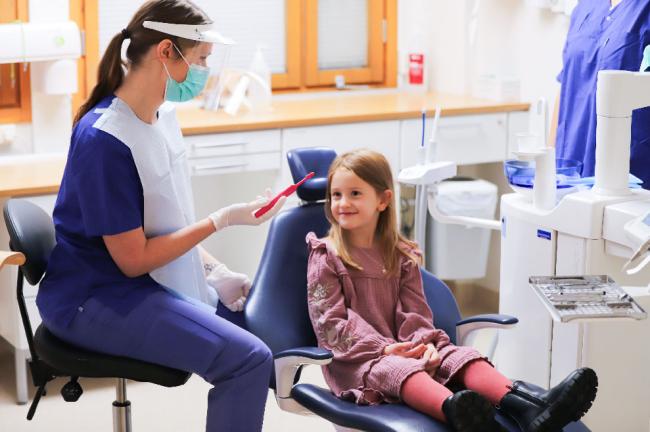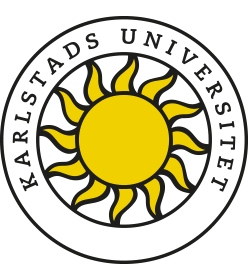PROTECTIVE FACTORS TO PREVENT EARLY CHILDHOOD CARIES - PRODECC, Protective Determinants for Early Childhood Caries
The disease caries (tooth decay) in early childhood increases the risk of poorer oral health later in life. Despite good knowledge of individual factors that increase the risk of caries and efforts by dental care to work on prevention, caries remains common among young children in Sweden. The risk of developing caries is influenced by a combination of biological, psychosocial, and environmental factors. To understand why some children develop caries while others have healthy teeth, it is necessary to investigate both biological and psychosocial scientific factors.

PURPOSE
This study will investigate what protects children from cavities early in life, known as protective factors. By gathering information from multiple scientific fields, the study will identify and analyze any interactions between factors that affect the prevalence of cavities in children.
METHOD
-
SURVEY
Oral health-related behaviors and guardians' attitudes toward dental care and oral health will be studied using a survey sent to the guardians of all 6-year-olds in Värmland. -
NATIONAL QUALITY REGISTER
Information about caries in the children participating in the study will be collected through the national quality register SKaPa (Swedish Quality Register for Caries and Periodontitis). https://www.skapareg.se -
CLINICAL STUDY
In addition to the survey study, 100 of the children will be included in a clinical study comparing children with and without caries. The children are living in an area with an unfavorable socioeconomic profile and a higher incidence of caries than the Värmland average. The participating children will undergo an oral health examination during the regular 6-year check-up at Public Dental Care. Oral bacteria and exposure to environmental chemicals will be examined using saliva and urine samples. -
INTERVIEWS
Parents of about 25 children will be asked to participate in an interview.
EXPECTED RESULTS
The study's results are expected to contribute to an increased understanding of the interplay between factors that protect children from caries. More in-depth knowledge is needed to improve health promotion and preventive work to combat caries disease among Värmland's younger children, but the results will also be disseminated nationally.
SISTER PROJECT: IDEA – Identification of Environmental Determinants for Children’s Caries Development
Parallel to the current project PRODECC, a "sister project," IDEA, has been initiated in collaboration between Region Värmland and Karlstad University. The project aims to investigate and develop an understanding of environmental factors for children's caries development, such as endocrine-disrupting chemicals and pregnant women's nutritional intake as risk and protective factors. Results from the PRODECC project will also benefit IDEA. Together, both projects will contribute to broader and deeper knowledge and understanding of the complexity surrounding caries disease and how children can remain caries-free.

